The Ranunculus, commonly known as Buttercup, is a striking and vibrant flowering plant celebrated for its lush, multi-petaled blooms and rich, vibrant colors. This popular garden plant adds a touch of elegance and cheer to any landscape with its wide array of hues including red, pink, yellow, orange, and white.
Key Features:
- Vibrant Blooms: Ranunculus flowers are renowned for their densely packed, layered petals that create a lush, ruffled appearance. They come in a variety of bright colors, making them a versatile choice for adding color to gardens, floral arrangements, or indoor displays.
- Distinctive Foliage: The plant features deeply lobed, dark green leaves that form a dense rosette at the base. These attractive leaves provide a lovely backdrop to the colorful blooms.
- Seasonal Interest: Ranunculus is typically a spring-blooming plant, providing a burst of color when many other plants are just starting to wake from winter dormancy.
Optimal Growing Conditions:
- Light: Ranunculus prefers full sun to partial shade. Ensure the plant receives at least 4-6 hours of direct sunlight each day for optimal blooming.
- Soil: Plant Ranunculus in well-draining soil that is rich in organic matter. A slightly acidic to neutral pH is ideal. Good drainage is crucial to prevent bulb rot.
- Temperature: Ranunculus thrives in cooler temperatures, ideally between 50-70°F (10-21°C). In warmer climates, it can be grown as a winter or early spring plant.
Care Instructions:
- Watering: Keep the soil consistently moist but not soggy. Water the plants at the base to avoid wetting the foliage, which can lead to fungal diseases. Ensure proper drainage to prevent waterlogging.
- Fertilization: Apply a balanced, all-purpose fertilizer every 4-6 weeks during the growing season to support healthy growth and abundant blooms.
- Deadheading: Remove spent flowers to encourage continuous blooming and prevent the plant from going to seed.
Propagation:
Ranunculus is typically propagated from bulbs or corms. Plant the bulbs in the fall, about 2-4 inches deep, with the pointed end facing up. Space them 4-6 inches apart to allow for proper growth.
Common Issues:
- Pests: Watch for common garden pests such as aphids and slugs. Treat them with appropriate insecticides or natural remedies.
- Diseases: Avoid overwatering to prevent fungal diseases like botrytis. Ensure good air circulation around the plants and remove any affected foliage promptly.
Conclusion:
The Ranunculus is a beautiful and versatile plant that brings vibrant color and elegant blooms to gardens and floral arrangements. With its lush petals and rich colors, it makes a stunning addition to any landscape. By providing the right growing conditions and care, you can enjoy the lasting beauty of Ranunculus throughout its blooming season.



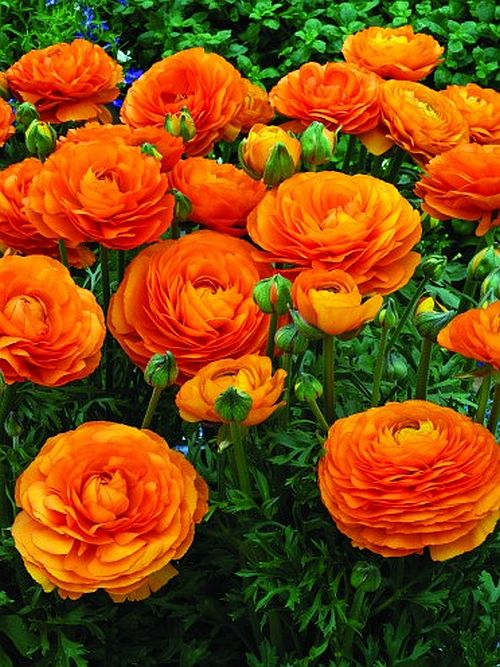
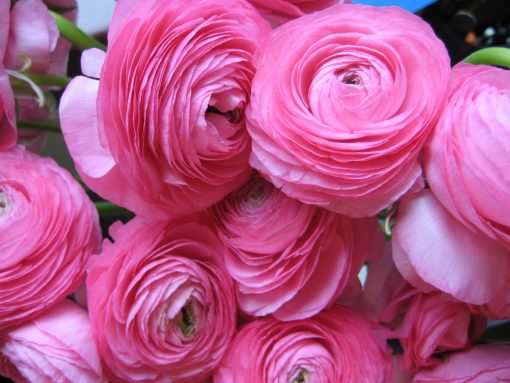
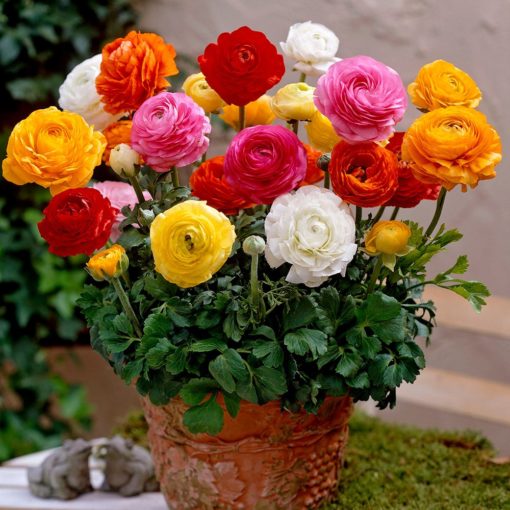

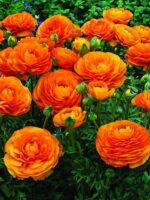





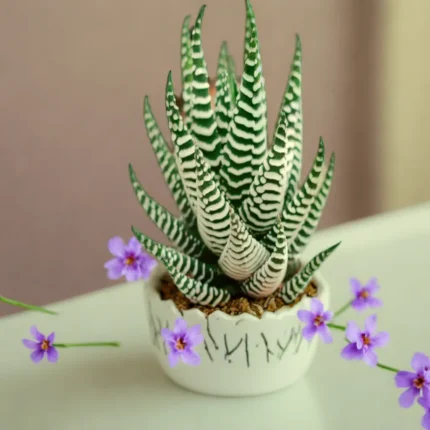


Reviews
There are no reviews yet.